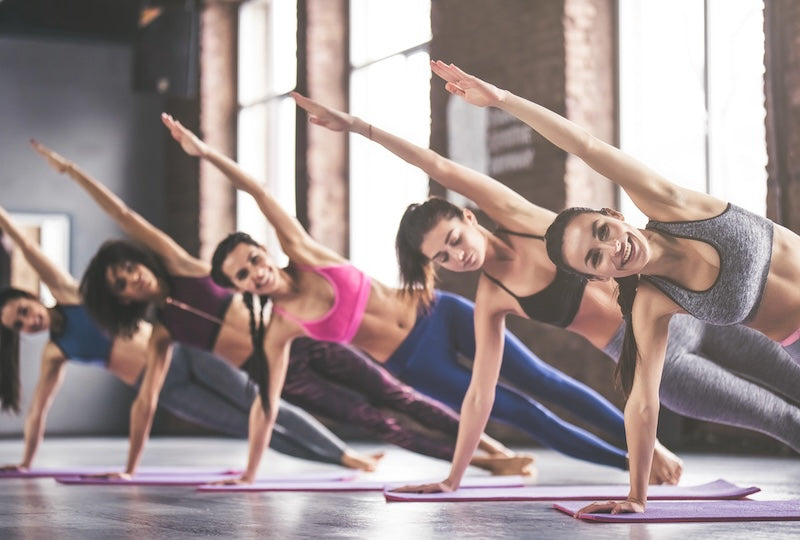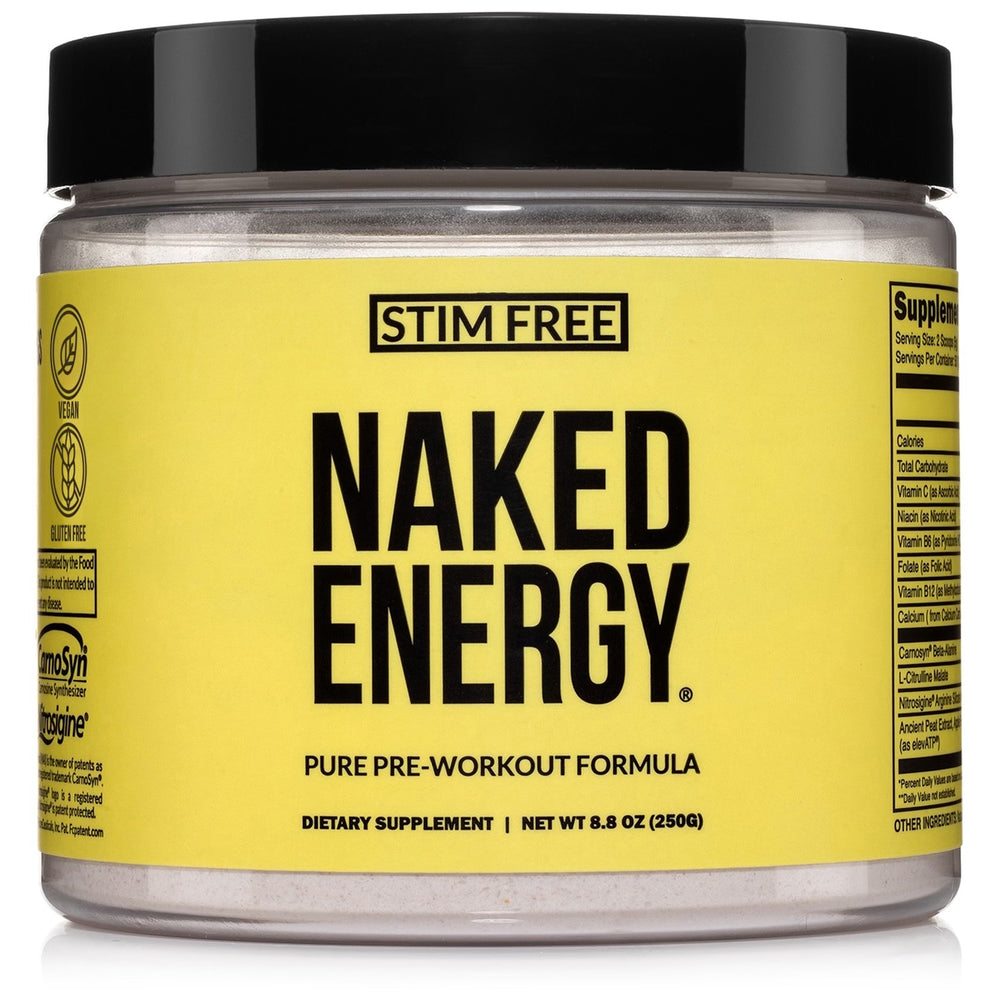There’s one area that many athletes and fitness enthusiasts overlook until it becomes a problem: the lower back.
Your lower back plays a major role in almost everything you do. It supports your posture, helps you transfer power from your legs to your upper body, and stabilizes your spine when you lift, run, twist, or jump. If it’s weak or neglected, you’re not just risking injury, you’re leaving strength and performance gains on the table.
Whether you’re trying to pull heavier deadlifts, build a more balanced physique, or just stay pain-free, strengthening your lower back is one of the smartest things you can do. This guide will show you how.
What the Lower Back Does, and Why It Matters

Your lower back works together with your core, glutes, and hamstrings to keep you stable, help you move efficiently, and protect your spine when you train.
The main muscles, like the erector spinae and multifidus, control posture and stabilize your spine so you can lift, hinge, and rotate safely.
Even if you’re hitting compound lifts like squats and deadlifts, that doesn’t mean your lower back is getting enough direct work.
Training it properly can improve your power, control, and help prevent setbacks. Plus, it adds to your physique – a strong, developed lower back rounds out your look from all angles.
Common Causes of Lower Back Weakness and Pain

If you’ve ever dealt with tightness, soreness, or even sharp pain in your lower back, you’re not alone.
Even people who train regularly run into back issues. Not always from doing too little, but sometimes from doing too much of the wrong things, or not enough of the right ones.
Here’s what usually causes problems:
1. Weak Core and Glutes
Your core and glutes are supposed to take pressure off your lower back. When they’re weak or not firing properly, your back ends up compensating.
If your abs can’t brace well during lifts or your glutes aren’t helping with hip extension, your lower back gets overworked fast.
2. Too Much Sitting
Even if you train hard, sitting all day tightens up your hip flexors and weakens your glutes, which can mess with your posture and movement patterns.
This puts your lower back in a bad position before you even step into the gym.
3. Poor Lifting Mechanics

Deadlifts, squats, rows, overhead presses are great movements, but only if your form is on point.
Rounding your spine, or relying too much on your lower back to move the weight (instead of driving with your hips and legs) is a fast track to pain or injury. And it gets worse the stronger you get if you don’t fix the fundamentals.
4. Lack of Direct Lower Back Work
A lot of programs train the core, legs, and upper back, but leave out the lumbar spine.
Over time, this creates a gap in your strength. Your lower back needs focused training just like your quads or biceps. It’s not enough to assume it’s getting worked indirectly.
5. No Variety in Movement
If you always train the same lifts, with the same angles and the same patterns, you’re not building balanced strength.
The spine is designed to resist movement as much as it is to create it. That means you need to include anti-rotation, anti-flexion, and anti-extension exercises – not just heavy pulls and extensions.
How to Train the Lower Back Right

If you want to build a lower back that’s strong, stable, and resilient, you can’t just throw in a few back extensions and hope for the best.
The key is to train it with purpose, by combining core stability, direct lower back work, and smart progression.
Start with Stability First
Before anything else, your lower back needs to be stable. That means your core has to know how to brace, keeping your spine locked in place while the rest of your body moves.
Exercises like planks, bird dogs, and dead bugs might not look flashy, but they teach your core and lower back to work as a team. Without this foundation, everything else breaks down under load.
Add in Direct Strength Work
Once you’ve got stability, it’s time to train the lower back directly.
Think back extensions, good mornings, and Romanian deadlifts. These movements challenge your spinal erectors and teach your hips and lower back to hinge and extend with control.
Start light, focus on perfect form, and build up over time.
Use Anti-Movement Core Training
Not every core exercise is about crunching or twisting. Some of the most useful ones are about resisting movement.
Try Pallof presses, suitcase carries, or side planks to build anti-rotation and anti-flexion strength.
These drills teach your body to stay locked in under pressure, whether you’re doing heavy squats, Olympic lifts, or sprinting at full speed.
Train the Glutes Too

Strong glutes take pressure off the lower back.
Movements like hip thrusts, glute bridges, and step-ups help round out your posterior chain and give your lower back the support it needs, especially during hip-dominant lifts like deadlifts and cleans.
Progress Slowly and Maintain Control
Don’t rush to load these movements. Your lower back muscles respond well to time under tension and controlled movement, not sloppy, heavy reps.
Focus on form, tempo, and quality over max weight. Think of it as building armor, not just muscle.
Keep It Consistent
You don’t need to train your lower back every day (but you do need to train it regularly).
Two to three times per week is plenty, especially if you’re combining core work, hinge variations, and a mix of movement patterns.
Best Exercises to Strengthen the Lower Back

Building a stronger lower back doesn’t require fancy machines or complicated routines. It takes smart, effective exercises that challenge the right muscles and teach your body how to stabilize and move with control.
Here’s a mix of bodyweight, weighted, and core-focused movements that target your lower back directly, and support it through surrounding muscle groups.
1. Bird Dog
This simple bodyweight movement is one of the best for teaching core stability and spinal control.
-
How to do it: From an all-fours position, extend your opposite arm and leg while keeping your back flat and hips level. Hold briefly, then return with control.
-
Why it works: It strengthens the deep spinal stabilizers and reinforces good bracing mechanics without stressing the spine.
2. McGill Curl-Up
Named after Dr. Stuart McGill, this core move trains your abs without flexing the lower back.
-
How to do it: Lie on your back with one knee bent, hands under your lower back for support. Brace your abs and lift only your head and shoulders off the floor, then lower slowly.
-
Why it works: Builds abdominal endurance while keeping your spine in a safe, neutral position.
3. Back Extensions (Bodyweight or Weighted)
These directly target your spinal erectors and are great for building muscular endurance and strength.
-
How to do it: Using a back extension bench or GHD, hinge forward at the waist with a neutral spine, then extend your back to a straight line.
-
Why it works: It’s one of the few moves that isolates the lower back through its full range (just don’t overextend at the top).
4. Romanian Deadlifts (RDLs)
RDLs are an excellent compound lift that hammers your posterior chain, including the lower back, glutes, and hamstrings.
-
How to do it: With a slight knee bend, hinge at your hips and lower the bar while keeping it close to your body. Stop just below the knees or mid-shin, then return to standing.
-
Why it works: Strengthens the entire hinge pattern with emphasis on control, posture, and spinal alignment.
5. Good Mornings
Good mornings look intense, but when done right, they’re one of the best strength builders for the posterior chain.
-
How to do it: With a light barbell across your back, hinge forward at the hips while keeping your spine neutral, then return to standing.
-
Why it works: Targets the lower back and hamstrings with less grip fatigue than RDLs.
6. Pallof Press
This is a powerful anti-rotation core drill that builds bracing strength.
-
How to do it: Attach a resistance band or cable at chest height. Stand sideways to the anchor, press the handle straight out from your chest, and resist the pull of the band.
-
Why it works: Forces your core and lower back to stay locked in against rotation (a key skill for injury prevention).
7. Suitcase Carry

A walking core exercise that builds real-world trunk strength.
-
How to do it: Hold a dumbbell or kettlebell in one hand and walk slowly, staying upright with no leaning or swaying.
-
Why it works: Builds anti-lateral flexion strength and challenges the lower back and obliques under load.
8. Glute Bridges / Hip Thrusts
These don’t hit the lower back directly, but they take a huge load off of it by strengthening your glutes and hips.
-
How to do it: Lie on your back with knees bent, feet flat. Drive through your heels and lift your hips until your body forms a straight line, then lower.
-
Why it works: Strong glutes support your pelvis and protect your lower back, especially in lifts like squats and deadlifts.
Putting It All Together: How to Train Smart, Stay Strong, and Keep Progressing

Here’s the bottom line: your lower back deserves focused attention, just like your chest, quads, or biceps.
It doesn’t need endless volume or crazy intensity. What it needs is smart, consistent work that fits into your overall training plan.
Start by training your lower back and core 2-3 times per week. Choose a mix of exercises that cover three key categories:
-
Core stability (planks, bird dogs, Pallof press)
-
Hinge and extension strength (RDLs, back extensions, good mornings)
-
Supportive work for glutes and posture (hip thrusts, carries, bridges)
Focus on form, control, and progression, not just heavy weight. Add reps, increase time under tension, or slow your tempo before piling on load.
Also, don’t overlook recovery. Sufficient sleep, stress management, getting enough protein, and active recovery make a huge difference in how well your lower back bounces back between sessions.
A stronger lower back isn’t built in one week. But if you stay consistent, keep your movements clean, and train with purpose, you’ll start to feel more powerful, more stable, and more confident under the bar.







